What is the tolerance range of precision screws?
What is the tolerance range of precision screws?
Service Hotline
+86760-8787 8587We have more than ten years of experience in screw industry production, the main products are: semi-hollow aluminum rivets, 10-grade nuts, brass hexagon nuts, small teeth hexagon nuts, wheel hub bolts, through wire screws, carbon steel color galvanized flat head vertical grain pull Rivet nuts, custom nuts, rivet nuts, enlarged copper washers, anti-buckle screws, aluminum bolts, knurled threaded copper nut posts, hexagonal head full-tooth and half-tooth screws, Rose complete bolts and other fasteners, due to the product The materials and specifications are different, and the prices are also different. Please contact us if you need it.


At present, in the field of building curtain wall, factory building support structure, shelf structure and other fields of steel structure connection, if closed profiles (such as rectangular steel pipes) are used as the connection structure, welding connection is generally used, and bolt connection cannot be realized. The reason why a bolted connection is not possible is that the profile is a closed structure and it is not possible to place the bolt at the connection location because the size of the bolt head is larger than the thread hole diameter on the profile. Welded connections affect the structural quality of outdoor projects, with poor corrosion resistance, reduced structural strength, and frequent fire accidents. However, the existing non-welded steel structure and the fastening connection of the bracket have complicated T-bolt structure, troublesome processing technology and high production cost.
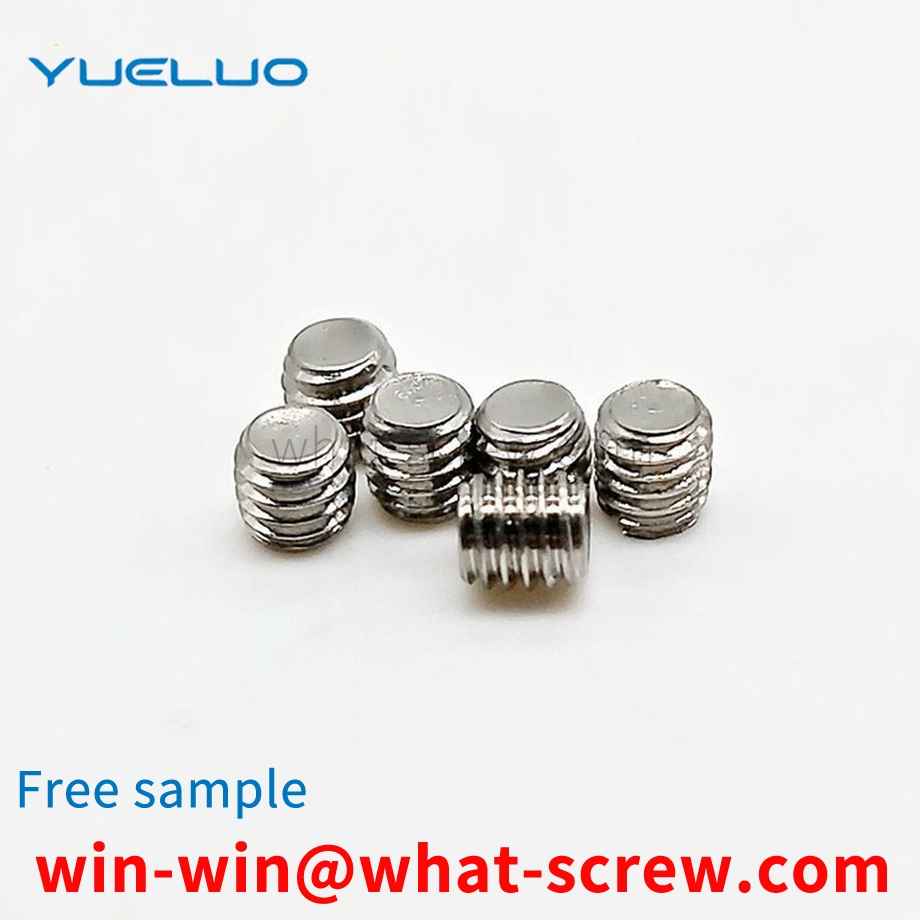
It is used for fastening in the machinery, construction and electrical industries. One end is a hexagonal head for wrench tightening, and the other end is a thread. According to different thread lengths, it is divided into full thread and half thread, abbreviated as: GB bolt.
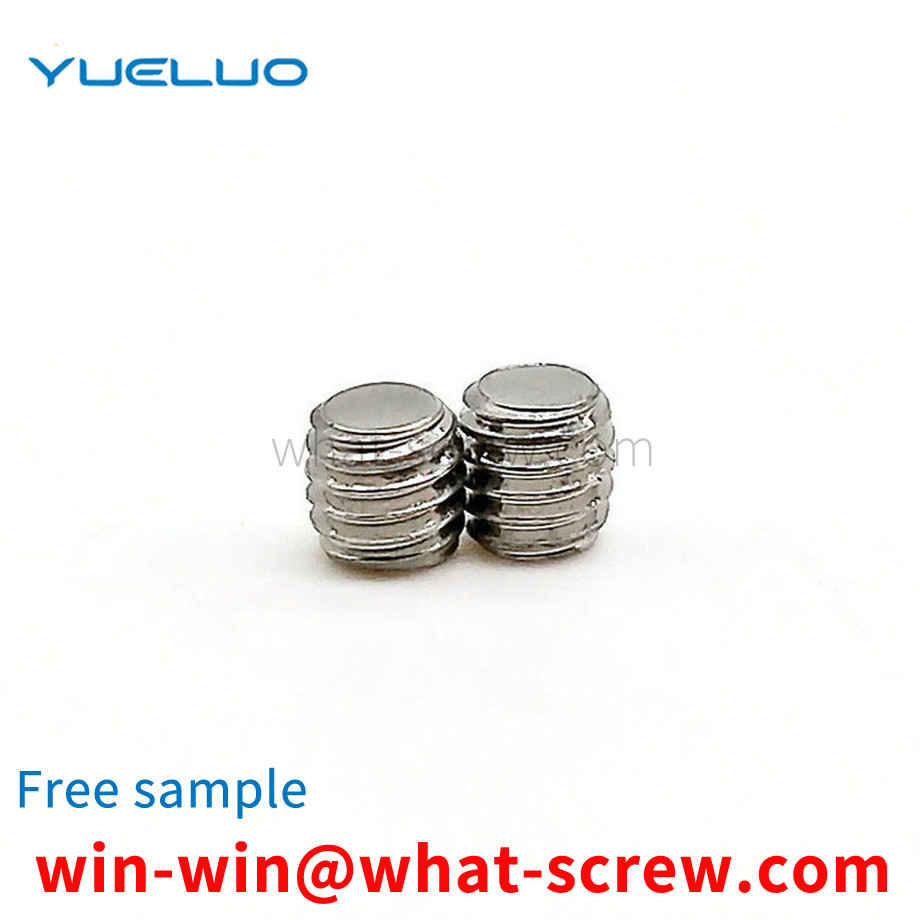
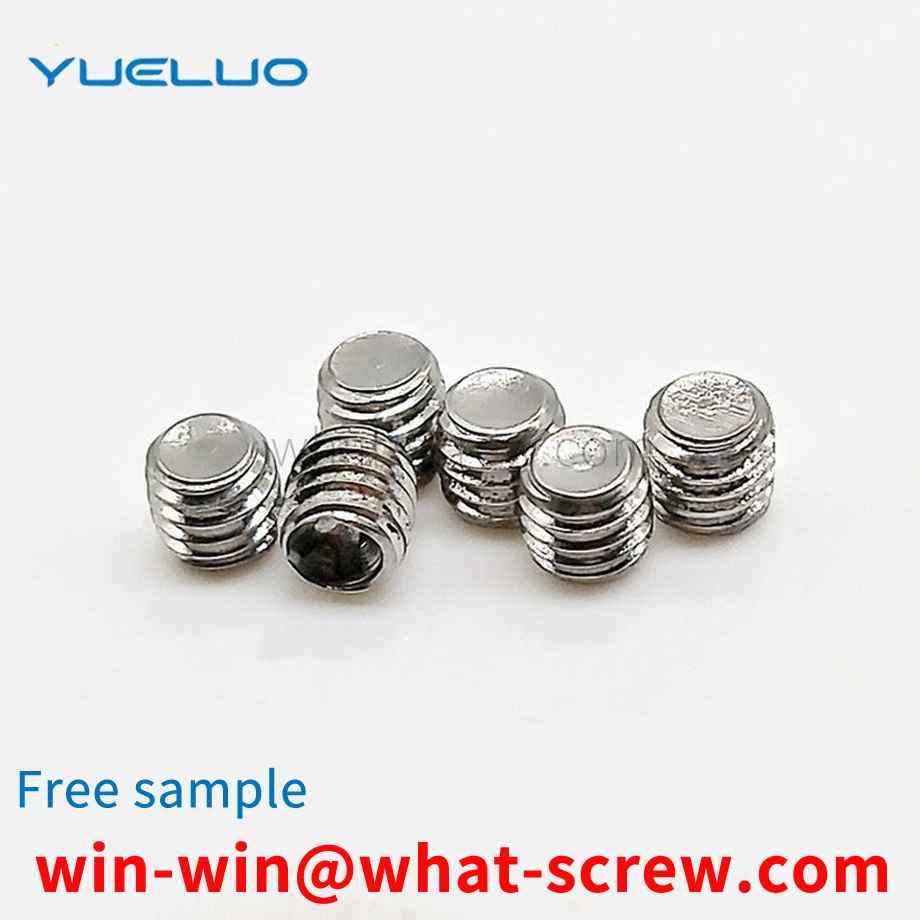
In order to prevent the waste of materials, those skilled in the art select steel wire as the processing material, and form an annular ring body by drawing the steel wire. Such as the announcement: CN103522009's invention name is a method of processing a retaining ring. The steel wire is used as the processing material, and the processing is carried out by drawing. After the steel wire is drawn and formed, annealing is performed. After the annealing is completed, the forming needs to bundle the steel wire. Since the cross section of the steel wire is rectangular, when it is drawn into the retaining ring base, the cross section changes due to the extrusion of the material, and the inner ring of the retaining ring base will be higher than the outer ring (forming a slope). The deformation is large. At this time, the punching of the opening of the retaining ring base body will produce a slump or cause greater material deformation; therefore, the retaining ring base body needs to be bundled. The bundling process is to prevent the material from being heated more during the quenching process. At the same time, it also has a certain adjustment effect during the quenching process, which makes the inclined surface smaller; but after the quenching is completed, the hardness of the retaining ring base increases, and the punching process for the upper opening will become more complicated.
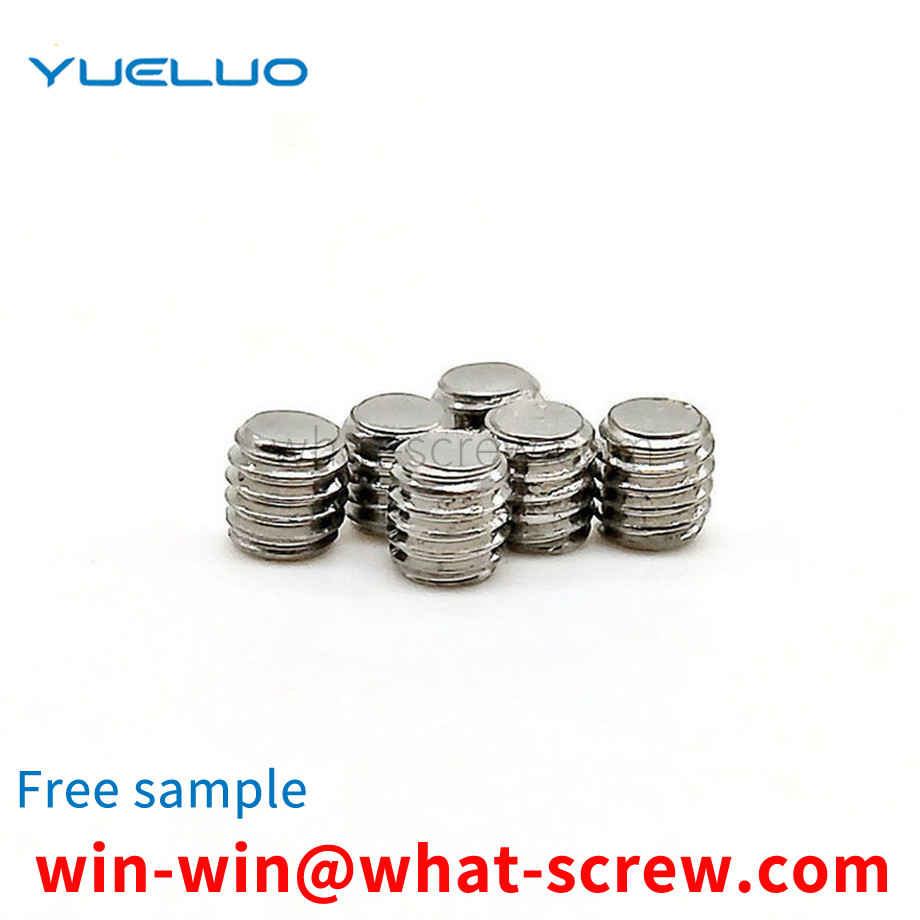
Subject content and scope of application This technical requirement specifies the technical requirements for the manufacture, installation and inspection of high-strength bolted joints of mobile machinery and equipment. Contents not specified in this technical requirement shall be implemented in accordance with relevant national standards. This technical requirement applies to mobile machinery steel structures that require high-strength bolted connections. This technical requirement applies to quality control and construction methods for in-plant and on-site installations. 2. Joint surface treatment 2.1 For friction type high-strength bolt connections, the joint surfaces at the joints are required to be in close contact with each other and have a sufficient friction coefficient. When the design drawing does not specify the treatment requirements for the joint surface, the treatment shall be carried out according to the following regulations: sandblasting or shot blasting the joint surface of high-strength bolts, remove impurities such as rust and oil stains on the surface, and reach the Sa2.5 standard , the roughness is 50 ~ 75μm, and the friction coefficient shall not be lower than 0.40. When there are regulations in the drawings, follow the regulations in the drawings. 2.2 The friction surface of the treated high-strength bolt connection should take protective measures to prevent contamination with dirt and oil. It is strictly forbidden to make any marks on the friction surface of the high-strength bolt connection. During storage in the factory, or during transportation, to the installation site, special precautions should be taken to prevent contamination of the connection surfaces. The installation unit should pay special attention to protecting the cleanliness and friction surface characteristics of the connecting plate of the high-strength bolt and the connecting surface of the parent body. It is not allowed to use a grinder to grind the connecting surface of the connecting plate and the connecting surface of the parent body. 3 Inspection of the anti-slip coefficient of the friction surface of high-strength bolts The inspection of the anti-slip coefficient should be based on the steel structure manufacturing batch, and each 2000t of a single project is regarded as a manufacturing batch, and those less than 2000t are regarded as a batch. When two or more surface treatment processes are selected, each surface treatment process needs to be inspected. Each batch of three groups of specimens. If the connection is diffused to an external enterprise, each corresponding enterprise shall conduct an anti-slip coefficient test. 3.1 The test piece used for the anti-slip coefficient test should be processed by the factory or the diffusion enterprise. The test piece and the representative steel structure member should be of the same material, produced in the same batch, using the same friction surface treatment process and have the same surface state. And use the same batch of high-strength bolt connection pairs of the same performance level and store them under the same environmental conditions. The anti-slip coefficient test is carried out according to the test method of GB50205 Code for Acceptance of Construction Quality of Steel Structure Engineering. 3.2 The minimum value of the anti-slip coefficient inspection must be equal to or greater than the design specified value. When the above specified values are not met, the friction surface of the component should be reprocessed. The friction surface of the treated component is re-inspected. 4. Connection and installation of friction type high-strength bolts for steel structures 4.1 Preparations before installation 4.2 Select qualified bolts, nuts and washers. The guarantee period for the torque coefficient of the connecting pair is six months from the date of delivery. 4.3 Bolts, nuts and washers in the following cases are unqualified products and are prohibited from being used. a. The source (manufacturer) is unknown; b. The mechanical properties are unknown; c. The torque coefficient k is unknown; d. Defective; e. No performance test report attached; f. Mixed with other batches of bolts; g. Bolts with insufficient length, that is, the bolt head does not show the end face of the nut after tightening. Generally, the length of the end face of the nut to be taken out is 2 to 3 threads. h. The torque coefficient of the connecting pair exceeds the warranty period. Special attention should be paid to waterproofing during transportation and storage. 4.4 Before the construction of the large hexagonal head high-strength bolts, the torque coefficient of the high-strength bolt connection pair should be re-inspected according to the factory approval. Each batch of 8 sets should be re-inspected. Less than or equal to 0.010. The re-inspection method of the torque coefficient shall be carried out in accordance with the provisions of GB50205 Code for Acceptance of Construction Quality of Steel Structure Engineering. The installation of high-strength bolts should be carried out within a short period of time after the test.
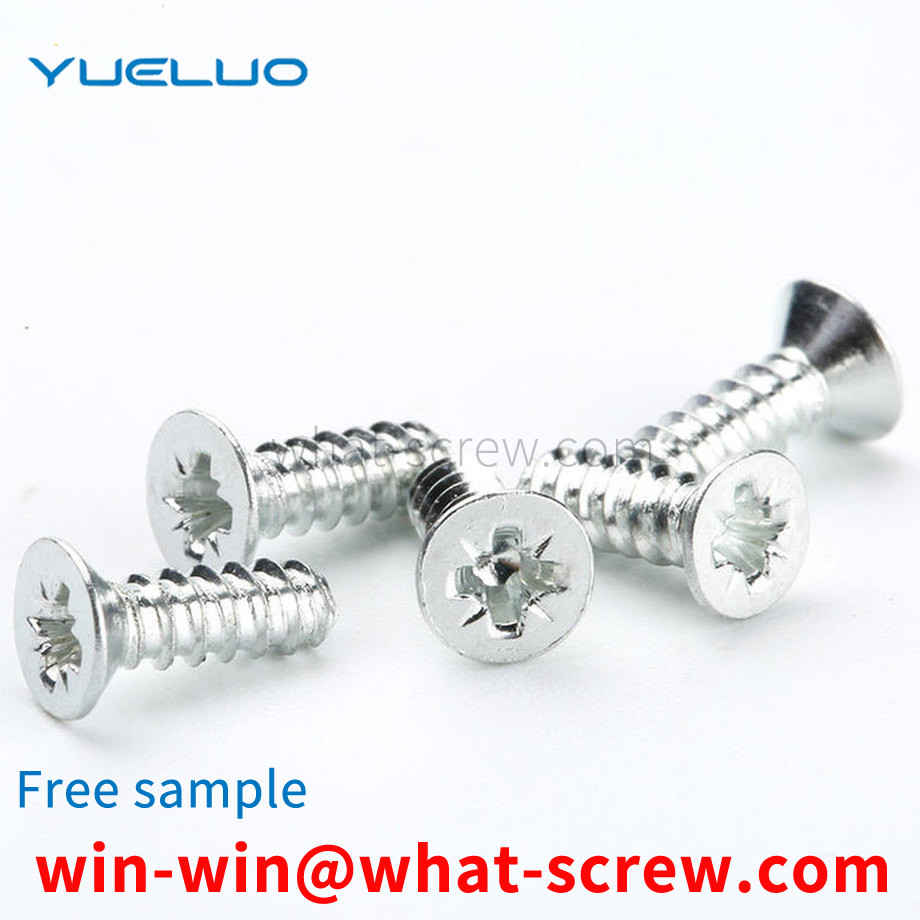
The above content is uploaded by Yueluo or the Internet. If there is any copyright issue, please contact [email protected].

What is the tolerance range of precision screws?

How to choose the right stainless steel screw manufacturer?

Why is there an R angle under the head of the hexagon head s...

We have more than ten years of production experience in the ...

We have more than ten years of production experience in the ...

We have more than ten years of experience in screw industry ...

We have more than ten years of experience in screw industry ...